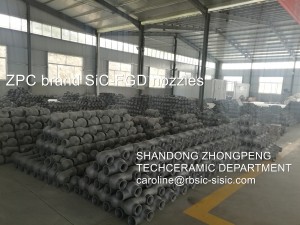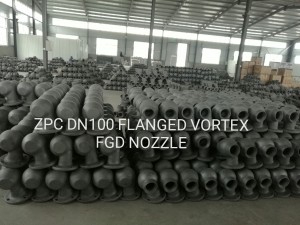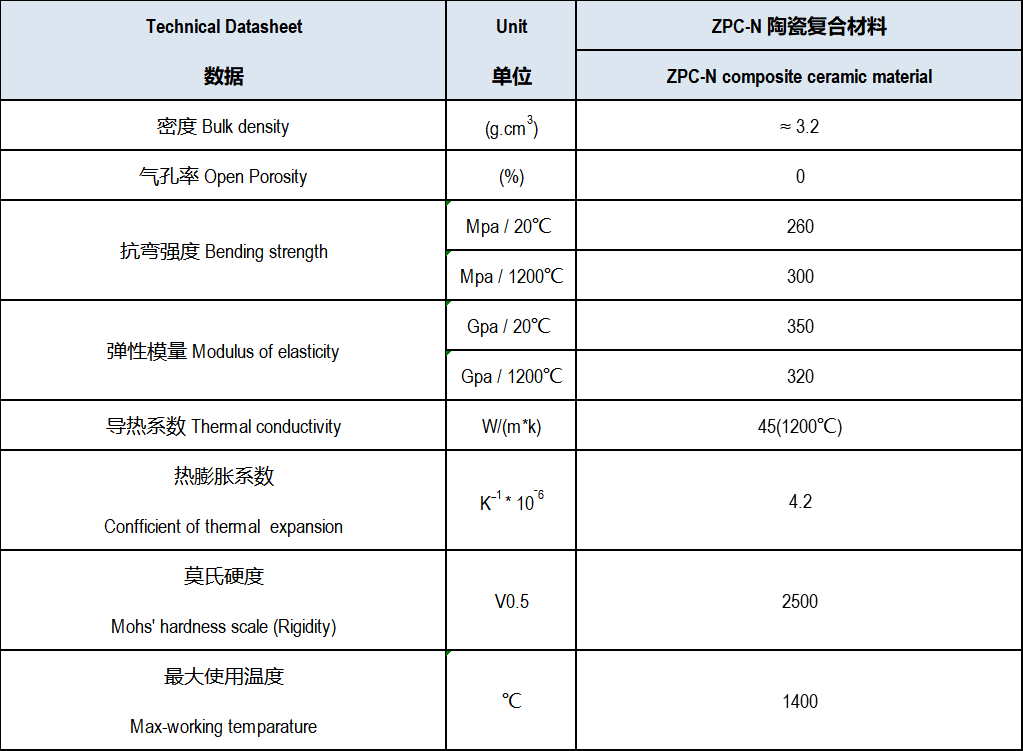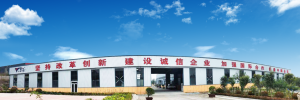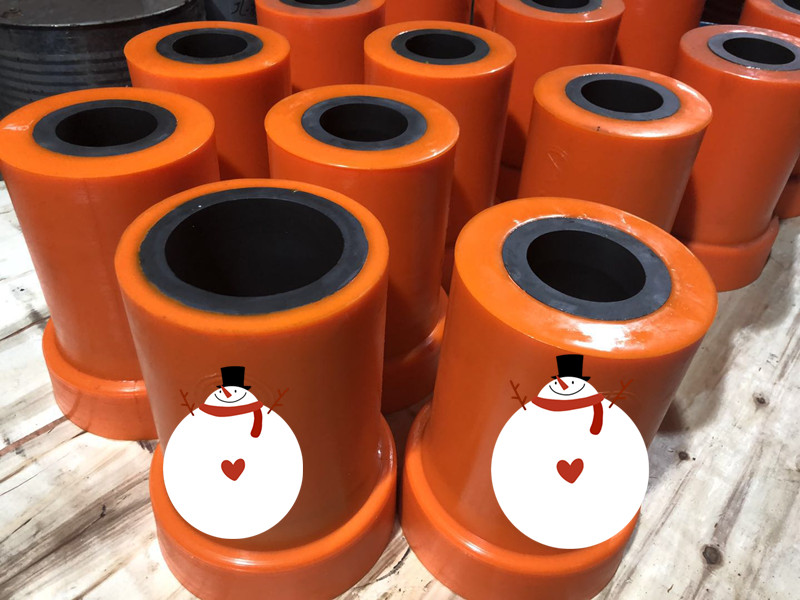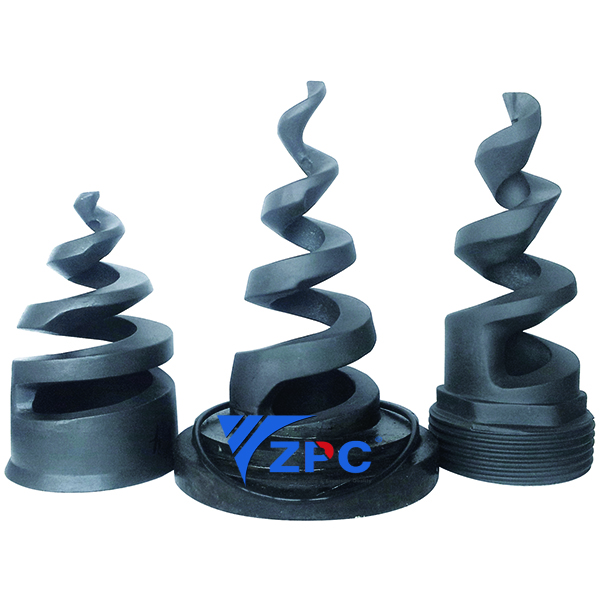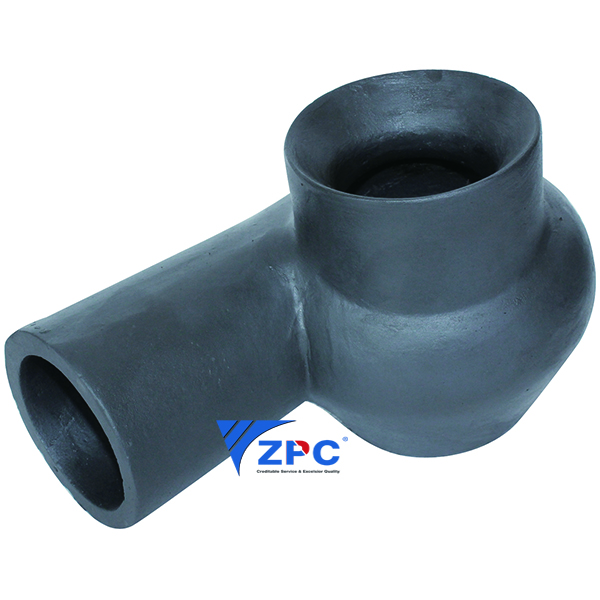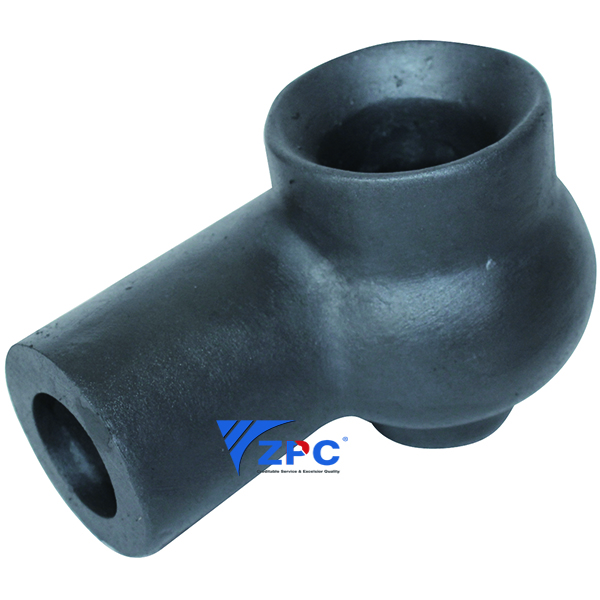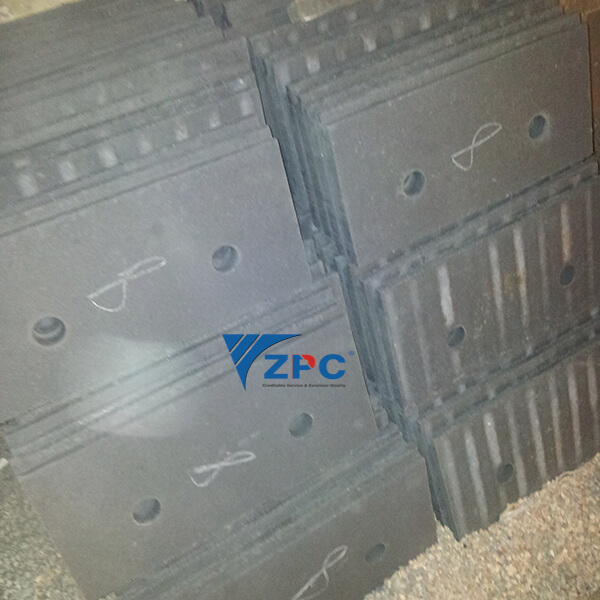Price Sheet for Sand Blasting Nozzle - Silicon Carbide FGD Nozzle in Limestone wet desulfurization system – ZhongPeng
Price Sheet for Sand Blasting Nozzle - Silicon Carbide FGD Nozzle in Limestone wet desulfurization system – ZhongPeng Detail:
Flue Gas Desulfurization (FGD) Absorber Nozzles
Removal of sulfur oxides, commonly referred to as SOx, from an exhaust gases using an alkali reagent, such as a wet limestone slurry.
When fossil fuels are utilized in combustion processes to run boilers, furnaces, or other equipment they have the potential to release SO2 or SO3 as part of the exhaust gas. These sulfur oxides react easily with other elements to form harmful compound such as sulfuric acid and have the potential to negatively affect human health and the environment. Due to these potential effects, control of this compound in flue gases is an essential part of coal fired power plants and other industrial applications.
Due to erosion, plugging, and build-up concerns, one of the most reliable systems to control these emissions is an open-tower wet flue gas desulfurization (FGD) process using a limestone, hydrated lime, seawater, or other alkaline solution. Spray nozzles are able to effectively and reliably distribute these slurries into absorption towers. By creating uniform patterns of properly sized droplets, these nozzles are able to effectively create the surface area needed for proper absorbtion while minimizing entrainment of the scrubbing solution into the flue gas.
Selecting an FGD Absorber Nozzle:
Important factors to consider:
Scrubbing media density and viscosity
Required droplet size
The correct droplet size is essential to ensuring proper absorption rates
Nozzle material
As the flue gas is often corrosive and the scrubbing fluid is frequently a slurry with high solids content and abrasive properties, selecting the appropriate corrosion and wear resistant material is important
Nozzle clog resistance
As the scrubbing fluid is frequently a slurry with high solids content, selection of the nozzle with regard to clog resistance is important
Nozzle spray pattern and placement
In order to ensure proper absorption complete coverage of the gas stream with no bypass and sufficient residence time is important
Nozzle connection size and type
Required scrubbing fluid flow rates
Available pressure drop (∆P) across the nozzle
∆P = supply pressure at nozzle inlet – process pressure outside nozzle
Our experienced engineers can help determine which nozzle will perform as required with your design details
Common FGD Absorber Nozzle Uses and Industries:
Coal and other fossil fuel power plants
Petroleum refineries
Municipal waste incinerators
Cement kilns
Metal smelters
SiC Material Datasheet
SNBSC and RBSC nozzles:
Silicon Nitride Bonded Silicon Carbide (SNBSC):
A ceramic material with excellent resistance to erosion and corrosion. A low modulus of rupture (MOR) and poor resistance to impact limits the material to structurally simple designs with heavy wall sections. SNBSC is typically used for hollow cone, whirl tangential nozzles.
Reaction Bonded Silicon Carbide (RBSC/SiSiC):
A ceramic material with excellent resistance to erosion and corrosion. Because the MOR of RBSC is 5-7 times that of SNBSC, it can be used for more complex shapes.
RBSC is susceptible to impact failure, because they are made of brittle ceramic. When the nozzles fail, they will probably fail due to breakage. This breakage can be caused by faulty installation procedures, pressure spikes (water hammer) during start-up, attempting to clean plugged nozzles or other routine maintenance operations.
Product detail pictures:
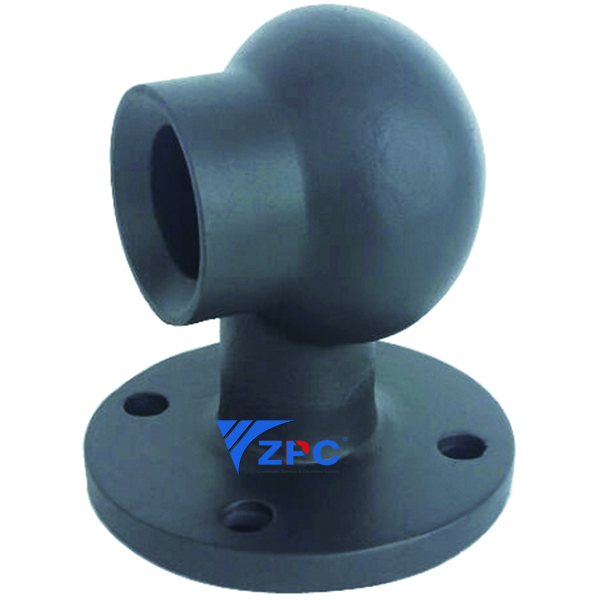
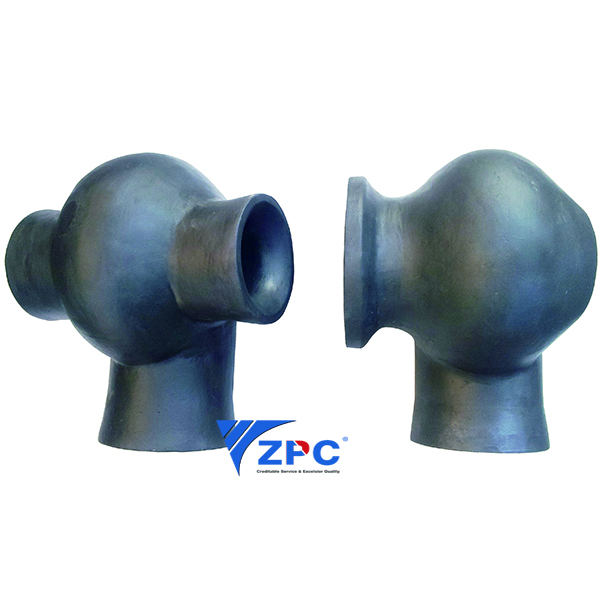
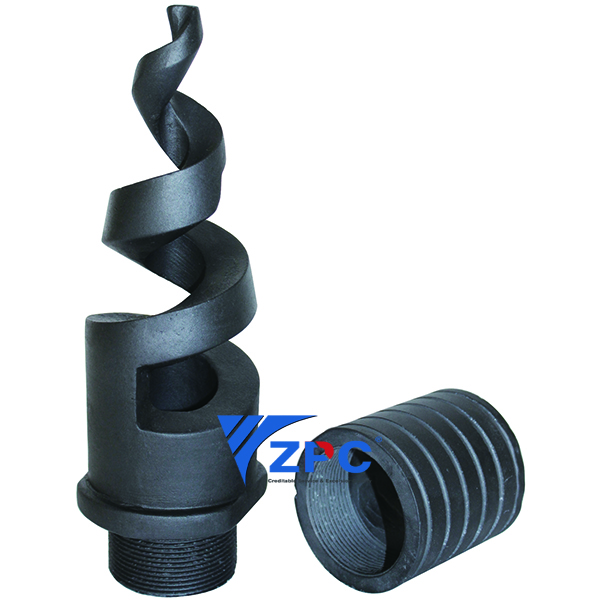
Related Product Guide:
Desulphurization Vortex Nozzle – Perfect For Mass Transfer Roles
A Review of Superior Radiant Infrared Tube Heaters, SiC ceramic heat exchager
Price Sheet for Sand Blasting Nozzle - Silicon Carbide FGD Nozzle in Limestone wet desulfurization system – ZhongPeng, The product will supply to all over the world, such as: , , ,
Shandong Zhongpeng Special Ceramics Co., Ltd is one of the largest silicon carbide ceramic new material solutions in China. SiC technical ceramic: Moh’s hardness is 9 (New Moh’s hardness is 13), with excellent resistance to erosion and corrosion, excellent abrasion – resistance and anti-oxidation. SiC product’s service life is 4 to 5 times longer than 92% alumina material. The MOR of RBSiC is 5 to 7 times that of SNBSC, it can be used for more complex shapes. The quotation process is quick, the delivery is as promised and the quality is second to none. We always persist in challenging our goals and give our hearts back to society.
